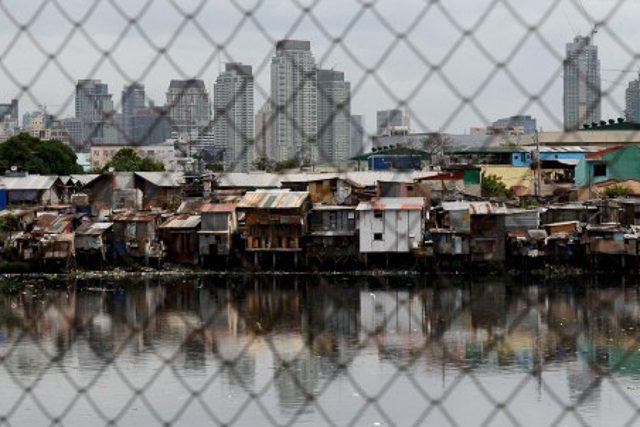SUMMARY
This is AI generated summarization, which may have errors. For context, always refer to the full article.

MANILA, Philippines – The gross domestic product (GDP) growth of the Philippines will only likely hit 5.8% in 2019, according to the World Bank.
On Thursday, October 10, the multilateral lender said that the country will not be able to cling on to the lower end of the 6% to 7% growth band target, as export growth and manufacturing activity in East Asia and the Pacific continue to slump.
“Weakening global demand, including from China, and heightened uncertainty around ongoing US-China trade tensions led to a decline in exports and investment growth, testing the resilience of the region,” according to Weathering Growing Risks, the October 2019 edition of the World Bank’s East Asia and Pacific Economic Update.
As of the 1st half of 2019, GDP growth hit only 5.5%, amid lower spending due to the budget impasse earlier this year.
The country’s growth is expected to bounce back to 6.1% in 2020 and 6.2% in 2021, assuming that there are no more delays in the passage of the budget.
What does this mean for Filipinos? The World Bank said that as economic growth slows, so does the rate of poverty reduction.
“We now estimate that almost a quarter of the population of developing East Asia and the Pacific lives below the upper-middle-income poverty line of $5.50 a day,” said Victoria Kwakwa, World Bank vice president for East Asia and the Pacific.
“This includes nearly 7 million more people than we projected in April, when regional growth was looking more robust,” she added.
The National Economic and Development Authority previously said that the Philippines would not be directly hit by the trade war.
Can the Philippines benefit from the trade war? A separate study from the Asian Development Bank, another multilateral lender, noted that the Philippines can potentially gain from the US-China trade war, as companies look for other countries to locate in and avoid higher tariffs.
However, the World Bank said that the “inflexibility of global value chains limits the upside for countries in the region in the near term.”
“While companies are searching for ways to avoid tariffs, it will be difficult for countries in developing East Asia and the Pacific to replace China’s role in global value chains in the short term due to inadequate infrastructure and small scales of production,” said Andrew Mason, World Bank lead economist for East Asia and the Pacific.
What can the Philippines do? To weather growing risks, the World Bank recommends fiscal or monetary measures to stimulate growth, while guarding fiscal and debt sustainability.
“Countries in the region will also benefit from staying the course on trade openness and by deepening regional trade integration,” it said.
The World Bank also recommended regulatory reforms to improve the investment climate, as well as moves to facilitate the movement of goods, technology, and know-how. – Rappler.com
Add a comment
How does this make you feel?
There are no comments yet. Add your comment to start the conversation.